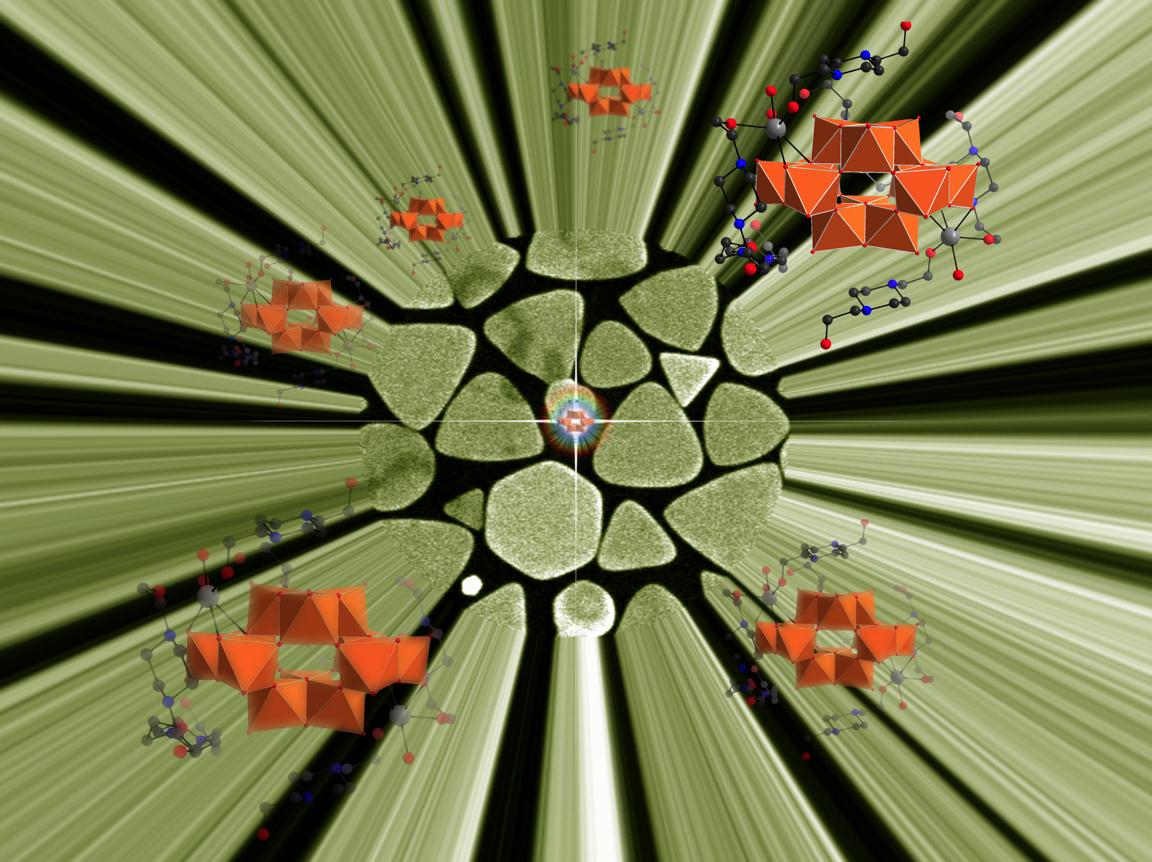PI: Jesús Martínez de la Fuente
Beneficiary: Scott Mitchell
FP7-PEOPLE-2012-IEF
(2013-2015)
The cooperative chemistry of polyoxometalates (POMs) and metal nanoparticles (NPs) still remains a relatively unexplored area of the chemical sciences despite showing remarkable potential in fields as diverse as catalysis and medicine. The ability to exert synthetic control during the self-assembly of any nanostructured material constructed from molecular precursors is of fundamental importance for its application as new material or device. In recent years, zero-valent state plasmonic noble-metal NPs have received a remarkable amount of attention due to their distinctive chemical, physical and optical properties. Efficient synthetic protocols are therefore required in order to reliably access a range of NP shapes, sizes and elemental compositions in high yield with minimal cost and toxicity. One emerging approach involves the use of POMs as reducing, capping, and stabilising agents.

Representative POM structures: a. the Anderson structure, [MnMo6O24]n-; b. Keggin, [PW12O40]3-; c. Wells-Dawson, [S2Mo18O62]6-; d. Preyssler, [NaP5W30O110]14-; e. the ‘Big Wheel’ {Mo154} and f. Keplerate {Mo132}. Polyhedra represent octahedral [MO6] or pentagonal [MO5] building blocks; [PO4] and [MnO6].9a
Dr. Scott G. Mitchell (the applicant) will develop new research skills by partnering him with Dr. Jesús Martínez de la Fuente and an internationally recognised group of nanotechnologists, the Bionanosurf group.
The proposed research combines POMs and metal NPs as nanohybrid materials possessing responsive and switchable properties that are tuneable on the nanoscale. This two-year project will train the applicant in essential areas of microscopy as he generates novel materials which will be not merely of academic interest, but could have a number of real world applications in medicinal devices, materials science and catalysis. This next step in Dr Mitchell’s career is crucial in determining his long-term development; therefore the proposed work builds on existing skills developed during his PhD and postdoctoral research and develops completely new areas of research in inorganic chemistry and nanotechnology, acting as an ideal springboard for the applicant’s subsequent career.
